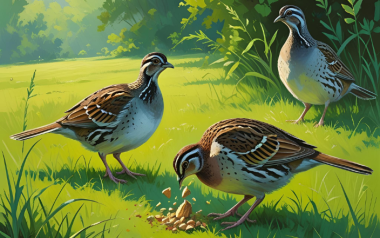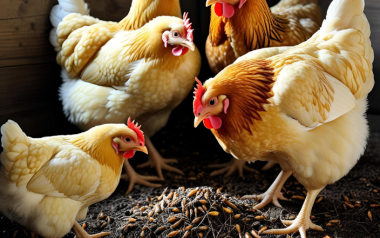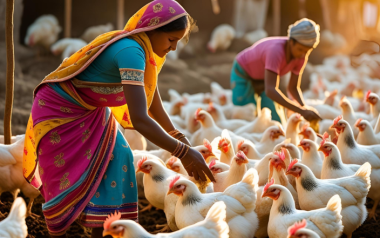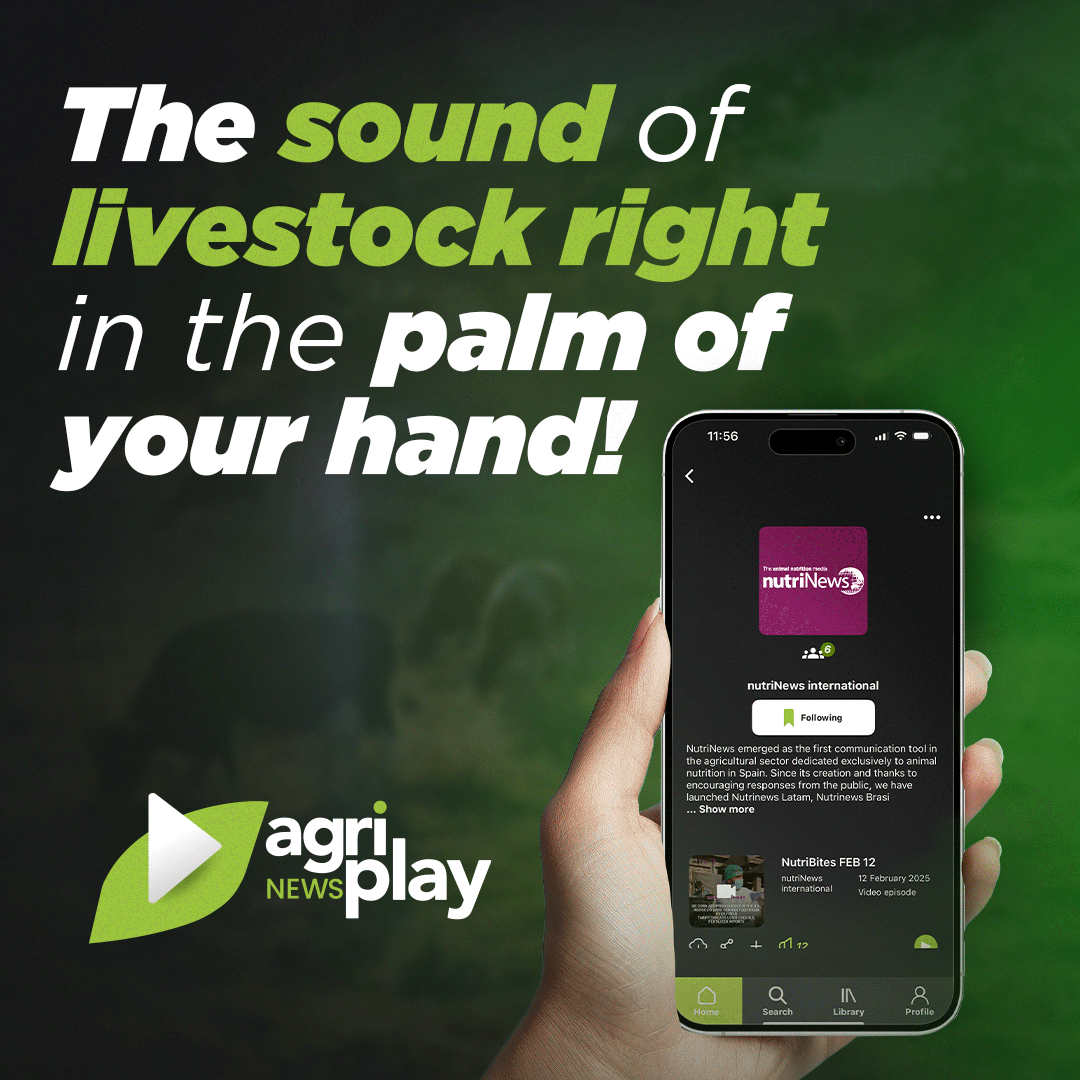Sources: Available upon request.
10 Feb 2024
Benefits of insoluble fibers in poultry production
The best source of fiber in poultry nutrition is insoluble fiber, but, because there is a big mycotoxin problem in traditional fiber sources such as bran, feed manufacturers should look for mycotoxin-free alternatives. It is recommended to use concentrated crude fiber products. These products release more than 65% insoluble fiber and are mycotoxin-free.
Available in other languages:
Dietary fiber is the skeletal remains of plants in diets that are not digested by animal digestive enzymes. In modern poultry nutrition, traditional fiber sources are associated with negative effects such as high mycotoxin content and dilution of the diet in terms of energy. However, insoluble fibers are beneficial.
Fibers in general have a positive impact on microflora and intestinal health, therefore, they must be part of every feed formulation. Furthermore, the negative characteristics are not typical of all fibers, as there are sources of fibers that have a positive effect on the health and performance parameters of the birds.
Soluble and insoluble fiber
Plants used for food contain an important part of fiber. The variation in amounts and structures is large among different plant materials. A distinguishing characteristic among the different sources of fiber is solubility. Vegetables and fruits such as apple, orange and sugar beet deliver mainly soluble fiber (pectin) while all types of bran deliver more insoluble fiber (cellulose).
There is evidence that insoluble fiber has positive effects, for example, starch digestibility is higher and bolus transit is faster when a moderate level of insoluble fiber is present in the diet. Due to the higher transit there is less accumulation of toxic substances in the intestinal tract. This effect of insoluble fiber on intestinal function derives from its ability to accumulate in the gizzard, which regulates the passage of the food bolus and the digestion of nutrients in the intestine. Diets high in insoluble fiber can prevent cannibalism in commercial laying hens. In contrast, soluble fibers depress the digestibility of protein, starch, and fat due to their impact on bolus viscosity.
For these reasons, insoluble fibers seem to be the best source of fiber in poultry feed. Any cereal can be used, no matter if it is wheat bran in Europe or rice bran in Asia, as bran is usually cheap and more readily available due to its high availability.
However, there is a risk of mycotoxins in general in grains, and according to Lepschy et al. (1996) there is a significant mycotoxin contamination in bran rather than in meal, which is why there is a strict limitation on the use of bran as a source of fiber in poultry nutrition. A good alternative could be the use of mycotoxin-free crude fiber concentrates in nutrition as sources of insoluble fiber.
Conclusion
The best source of fiber in poultry nutrition is insoluble fiber, but, because there is a big mycotoxin problem in traditional fiber sources such as bran, feed manufacturers should look for mycotoxin-free alternatives. It is recommended to use concentrated crude fiber products. These products release more than 65% insoluble fiber and are mycotoxin-free.
It has been shown that the use of high concentrations of crude fiber has a positive impact on litter quality, cannibalism, and performance in poultry farming, and they are economical, so they are generally of great benefit to producers.






































